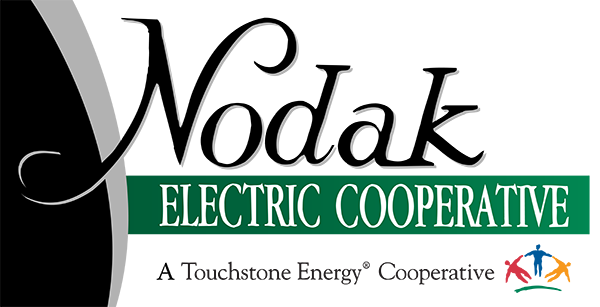FOR IMMEDIATE RELEASE: 5/1/24
EPA power plant rules ‘reckless,’ threaten reliability
MANDAN, N.D. — The North Dakota Association of Rural Electric Cooperatives (NDAREC) opposes new power plant rules released April 25 by the Environmental Protection Agency (EPA), which threaten U.S. electric reliability and would force the premature retirement of reliable, dispatchable, baseload electric generation assets.
The rules aim to cut emissions from power plants by imposing unrealistic timelines and relying on technology not yet deployable
“The EPA rules jeopardize the ability to keep the lights on, and they pack a one-two punch to our industry by advancing the premature closure of always available, dispatchable power and making it more difficult to build new power plants,” said Josh Kramer, NDAREC executive vice president and general manager.
To operate past the start of 2039, the new regulations require existing coal-fired power plants to reduce carbon dioxide emissions by 90% by 2032. To do so requires coal plants to deploy carbon capture and sequestration (CCS) technologies. Though promising and actively being pursued by electric cooperatives, including by Grand Forks-based Minnkota Power Cooperative through Project Tundra, CCS is not yet proven or commercially available.
Though the EPA exempted existing natural gas plants from compliance – a change from its initial proposal in May 2023 – new natural gas units must meet the greenhouse gas standards laid out in the new rule.
“I worry about the year 2032 and a future without coal,” Kramer said. “At a time when Americans are requiring more and more electricity to power their lives, the EPA is walking us down a dangerous path toward grave reliability challenges.”
The North American Reliability Corporation, a not-for-profit international regulatory authority whose mission is to assure the effective and efficient reduction of risks to the reliability and security of the electric grid, estimates the demand for electricity will grow 10% through 2032, while the electric generation to meet that demand is projected to grow only 4% in that time.
“Electric cooperatives are innovative. They’ve diversified and continue to make progress, but they are not willing to sacrifice reliability,” Kramer said. “Pulling the rug out from those working to solve today’s reliability challenges on the front lines is reckless. It will lead to more blackouts, higher costs and uncertainty for families and businesses. At some point, politics and political rhetoric need to take a back seat to what is possible given the technology available today.”
NDAREC is the statewide trade association for 17 electric distribution cooperatives and five generation and transmission cooperatives operating in North Dakota. The distribution cooperatives provide electricity to nearly 250,000 North Dakotans. NDAREC services include legislative advocacy, lineworker safety training, professional development, cooperative business development and communication services, including publication of the North Dakota Living magazine.
